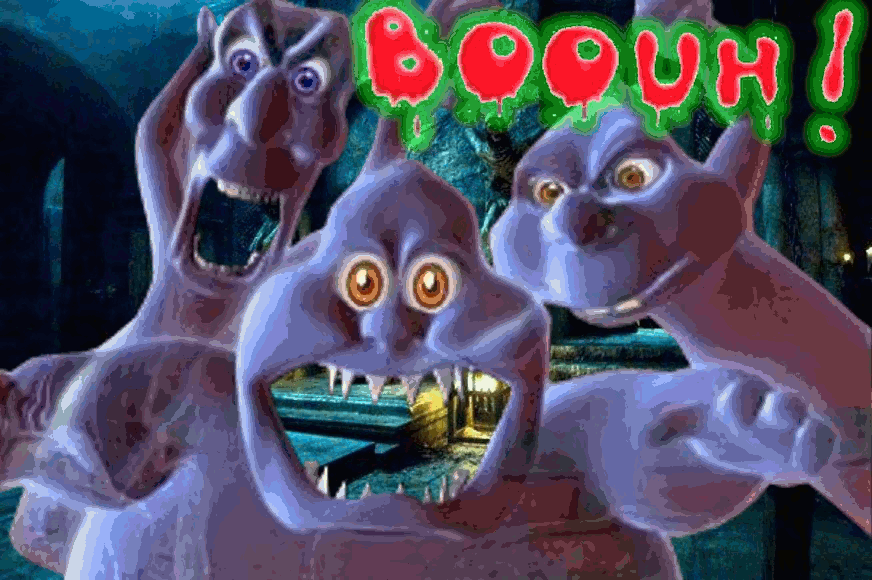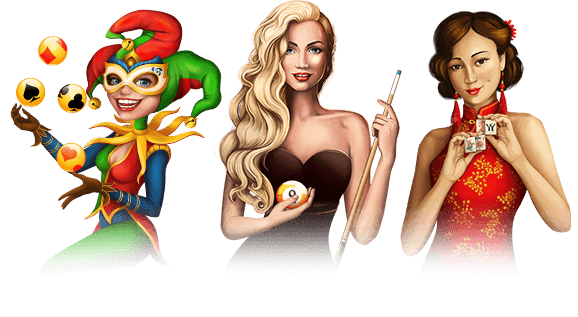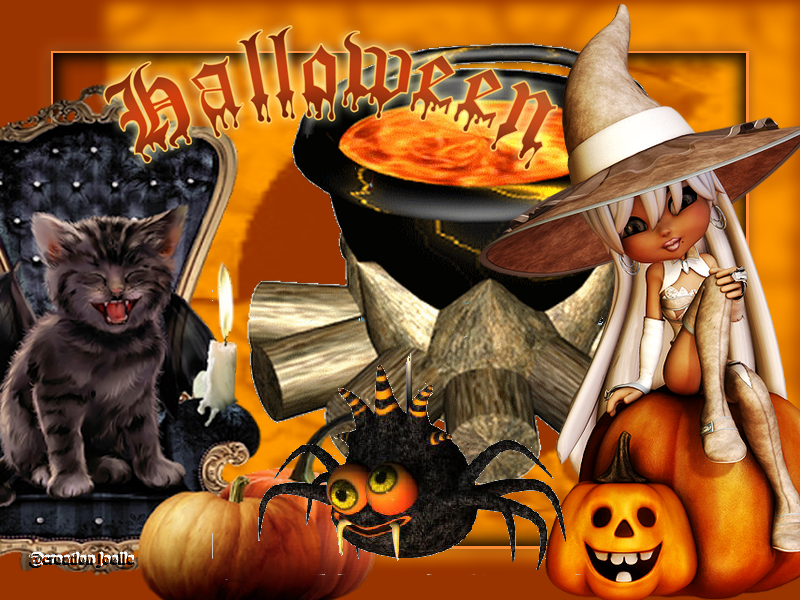
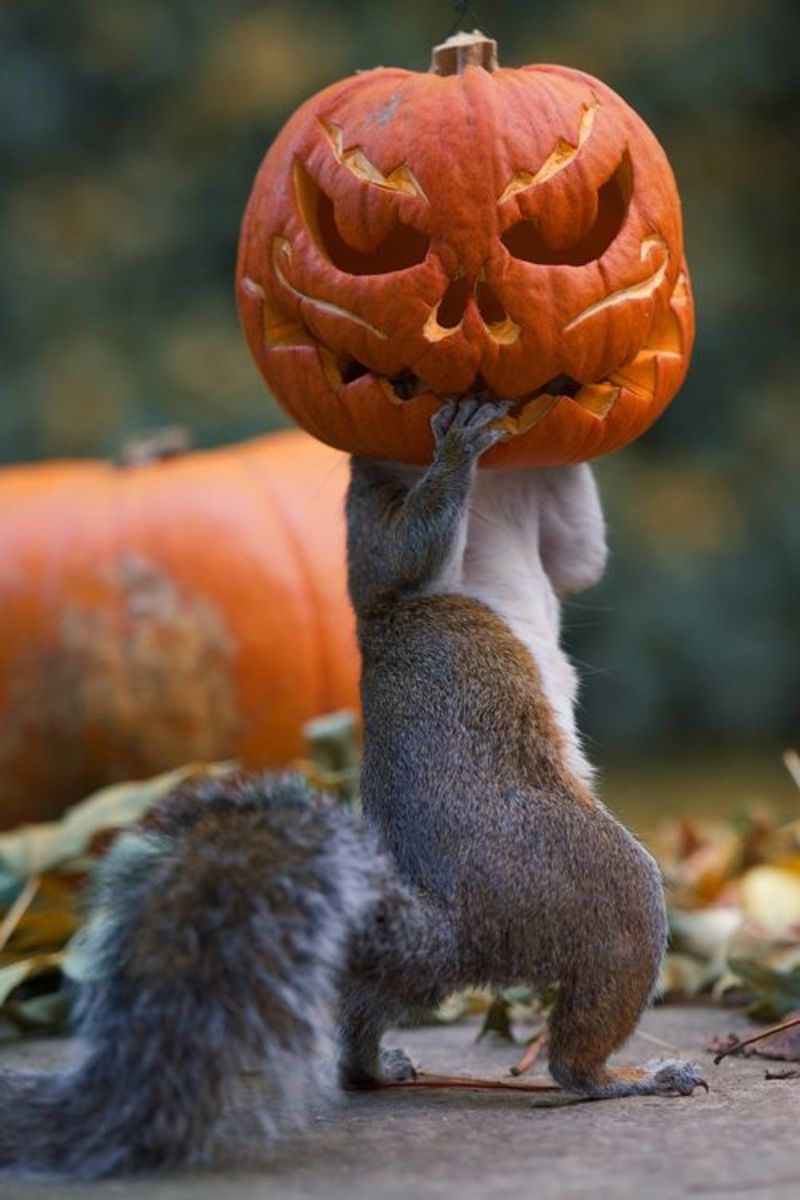
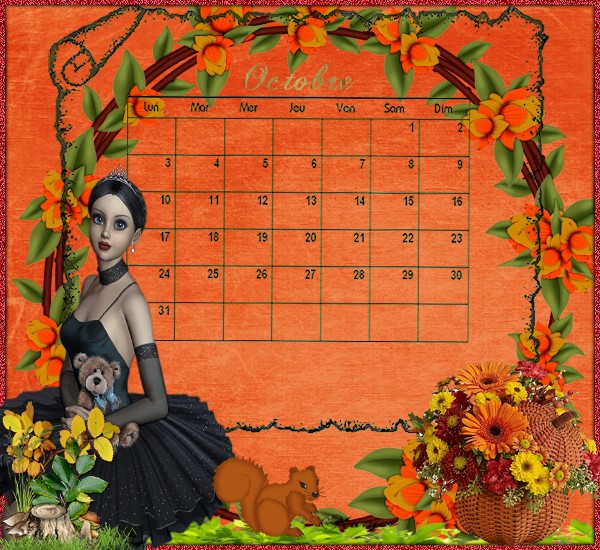
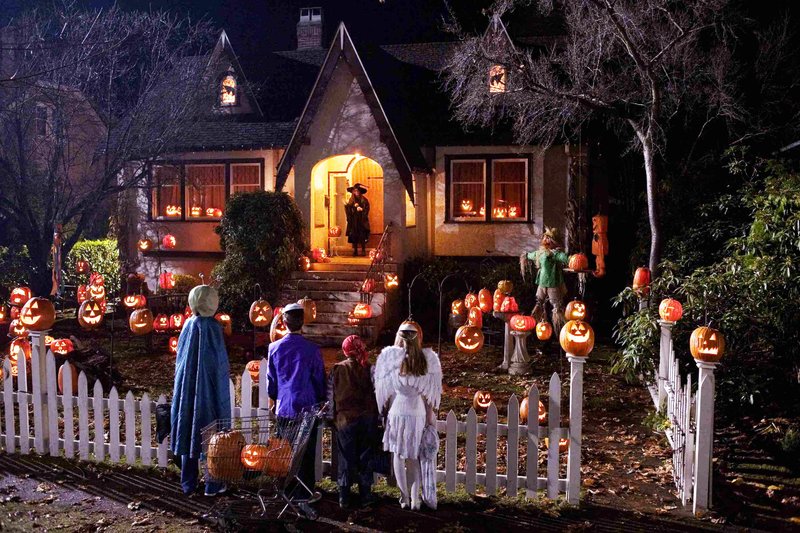
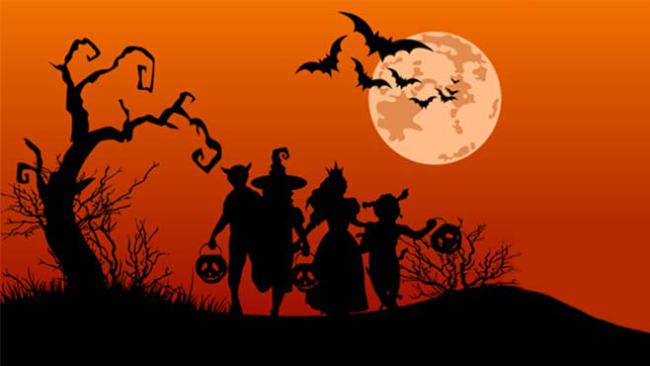
Trick or Treat
Trick or treat as a Halloween-related activity can be
traced back to Samhaincelebrations as early as 2000 years ago.
The Celts (clan of people from England,
Ireland, France) believed that on October 31,
the Lord of Death (Saman), would call together all
the souls that had died the previous year in order
for them to travel to the afterlife.
As part of their activities around this time,
the Celts would offer food to Saman in order to persuade
him to more be temperate when he is judging their ancestors.
This is seen as a precursor to what we now seen in modern
day Halloween celebrations as "trick or treating", a
s the villagers would be offering food to other villagers (beggars).
Over time, this however changed, and the Villagers' children
became the beggars, going from house to house to receive fruit,
baked products and money.
The modern day trick or treat - today, trick or treating
is an activity that's usually reserved for children;
they proceed from house to house in costumes,
asking for treats such as sweets, chocolates and snacks
and asking the question,
"Trick or treat?". The "trick" part of "trick or treat"
is a threat to play a trick on the homeowner or his property
if no treat is handed over.
Trick or treating is now said to be the most popular and socially
expected aspect of Halloween celebrations.
The trick or treat activity is extremely popular in the United States,
the United Kingdom, Ireland, Canada.
It is also spreading quickly to other countries due to the impact
and influence of American culture on these societies.